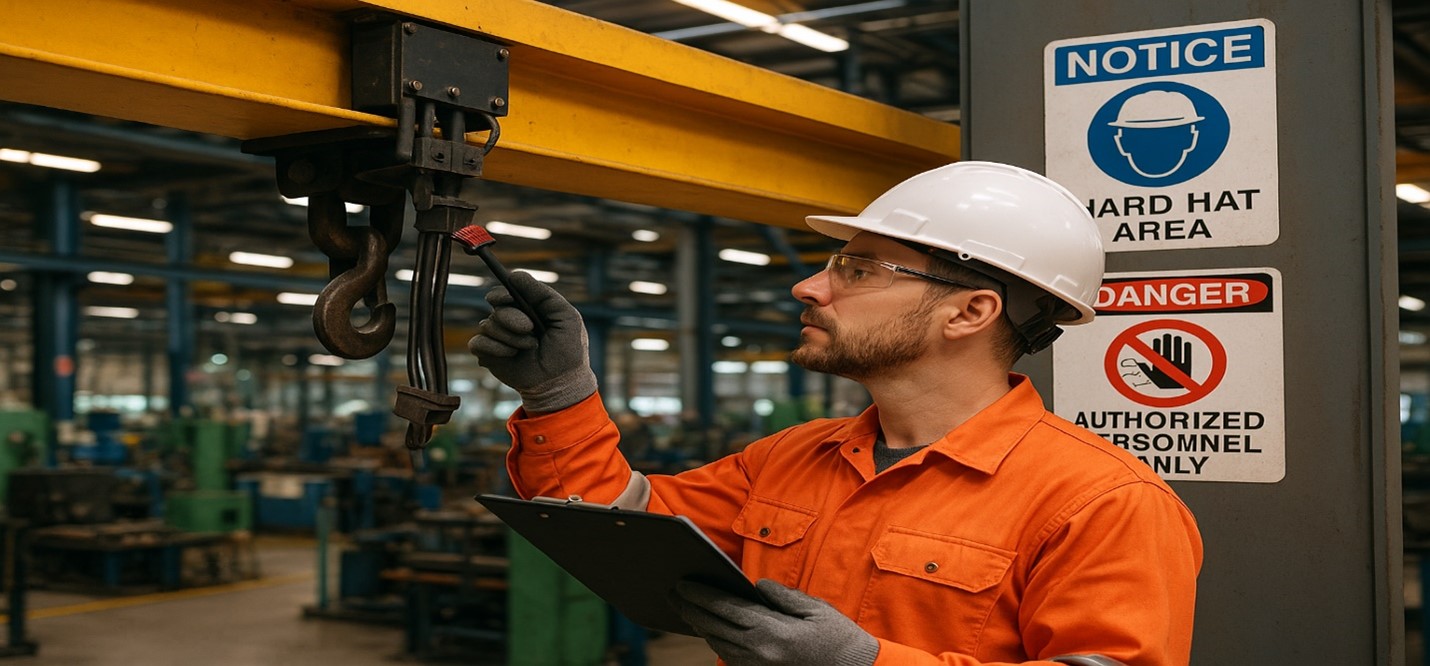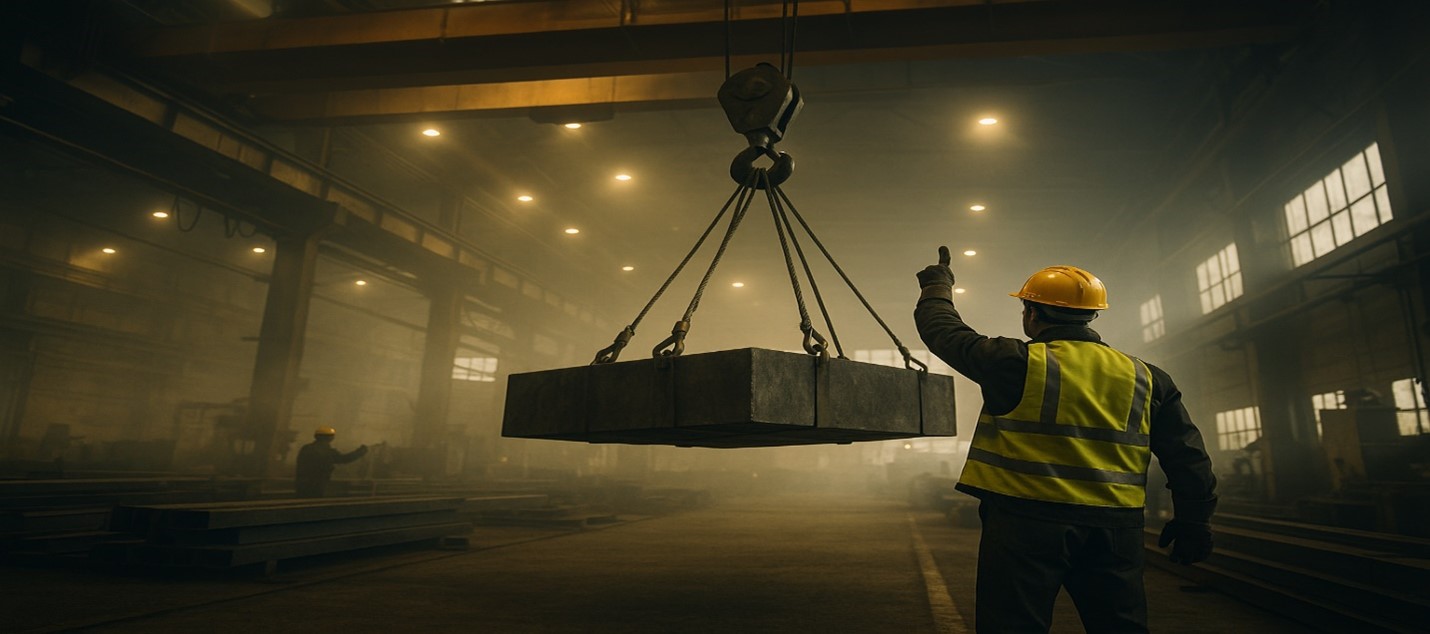Working with an overhead crane (جرثقیل سقفی) can greatly improve efficiency, safety, and productivity in industrial environments. However, just like any powerful tool, it demands respect, knowledge, and proper use. Over the years, I’ve seen how simple human mistakes — often made out of habit, carelessness, or lack of training — lead to serious accidents or costly equipment damage.
In this article, we’ll look at some of the most common mistakes people make when working with overhead cranes and how to avoid them. By being aware of these pitfalls, you can keep your team safe and your operations running smoothly.

Ignoring Pre-Use Inspections
One of the most common mistakes is skipping the pre-use inspection. People often assume that because the crane worked fine yesterday, it will work fine today. But wear and tear can occur overnight — especially on crucial components like ropes, hooks, and the overhead crane brush (جاروبک جرثقیل سقفی).
Before each shift, make it a habit to inspect the crane visually and test its movement. Check the brush for dirt or damage, ensure the cables are properly aligned, and listen for unusual noises. This simple routine can prevent bigger problems later.
Overloading the Crane
Another frequent error is exceeding the crane’s maximum load capacity. Some workers believe they can “just get it done” by lifting a little extra weight, but that can cause serious mechanical failure or even collapse.
It’s important to always know the load limit of your overhead crane and never push beyond it. Posting clear signs with capacity limits near the crane can help remind everyone to stay within safe limits.
Mismanaging Overhead Crane Electricity
The overhead crane electricity (برق جرثقیل سقفی) system is often overlooked because it’s not as visible as the mechanical parts. But faulty electrical connections, damaged cables, or an inconsistent power supply can lead to sudden stops, loss of control, or even electrical shocks.
Regularly inspect the power connections and ensure they’re clean and secure. Do not allow unauthorized personnel to tamper with the electrical components, and train your team to report any sparks, flickering, or unusual smells immediately.

Poor Communication Between Team Members
Human behavior plays a big role here. In many workplaces, operators and ground personnel fail to communicate properly, leading to dangerous misunderstandings.
Establish clear hand signals or radio communication and make sure everyone understands their role during a lift. Never assume the operator “just knows” what you’re thinking — spell it out clearly.
Neglecting Maintenance of Moving Parts
Components like the overhead crane brush need to be cleaned and replaced when worn out. Yet many operators ignore these maintenance tasks because they seem minor.
Dirty or worn brushes can lead to poor electrical contact, jerky movements, or even equipment failure mid-operation. Set a schedule for routine maintenance and stick to it.
Final Thoughts
Working with an overhead crane is about more than just moving heavy loads — it’s about doing it safely and intelligently. By avoiding these common mistakes — skipping inspections, overloading, neglecting electricity, poor communication, and ignoring maintenance — you can extend the life of your equipment, keep your team safe, and keep productivity high.
Remember: the best results come when humans and machines work together responsibly.
Rafed Sanat Overhead Crane Brush — Keep Your Operations Running Smoothly!
At Rafed Sanat, we provide high-quality overhead crane brushes designed to ensure reliable electrical contact and extend the life of your crane. Don’t let worn-out brushes disrupt your productivity — contact us today to get expert advice, premium parts, and exceptional service for all your overhead crane needs. Let’s keep your business moving safely and efficiently!
 icons at the top
right corner of the subsection.
icons at the top
right corner of the subsection.